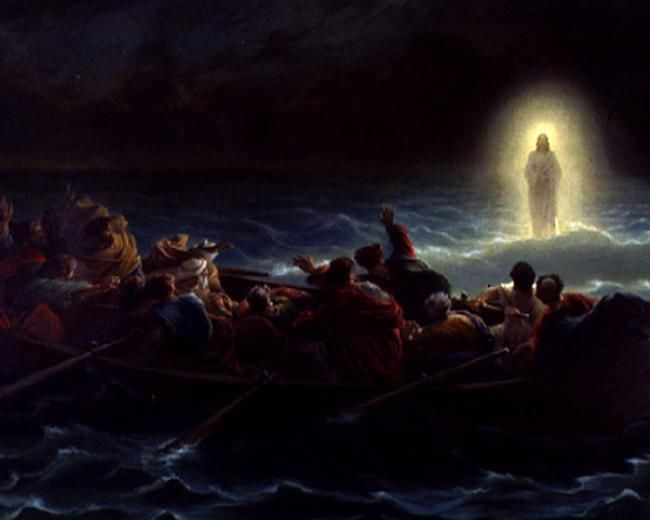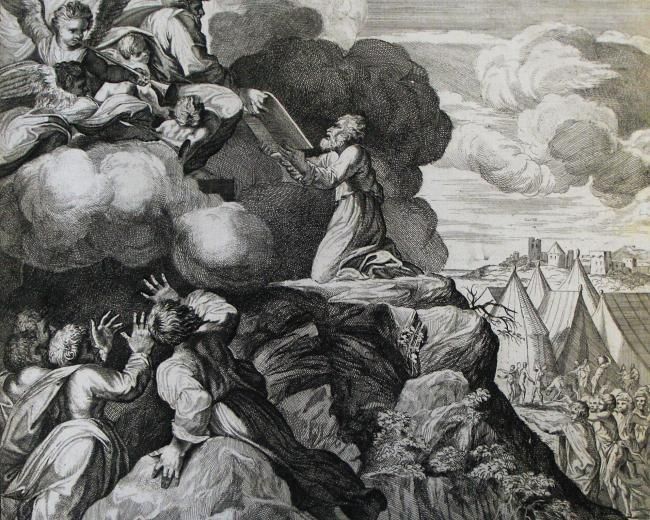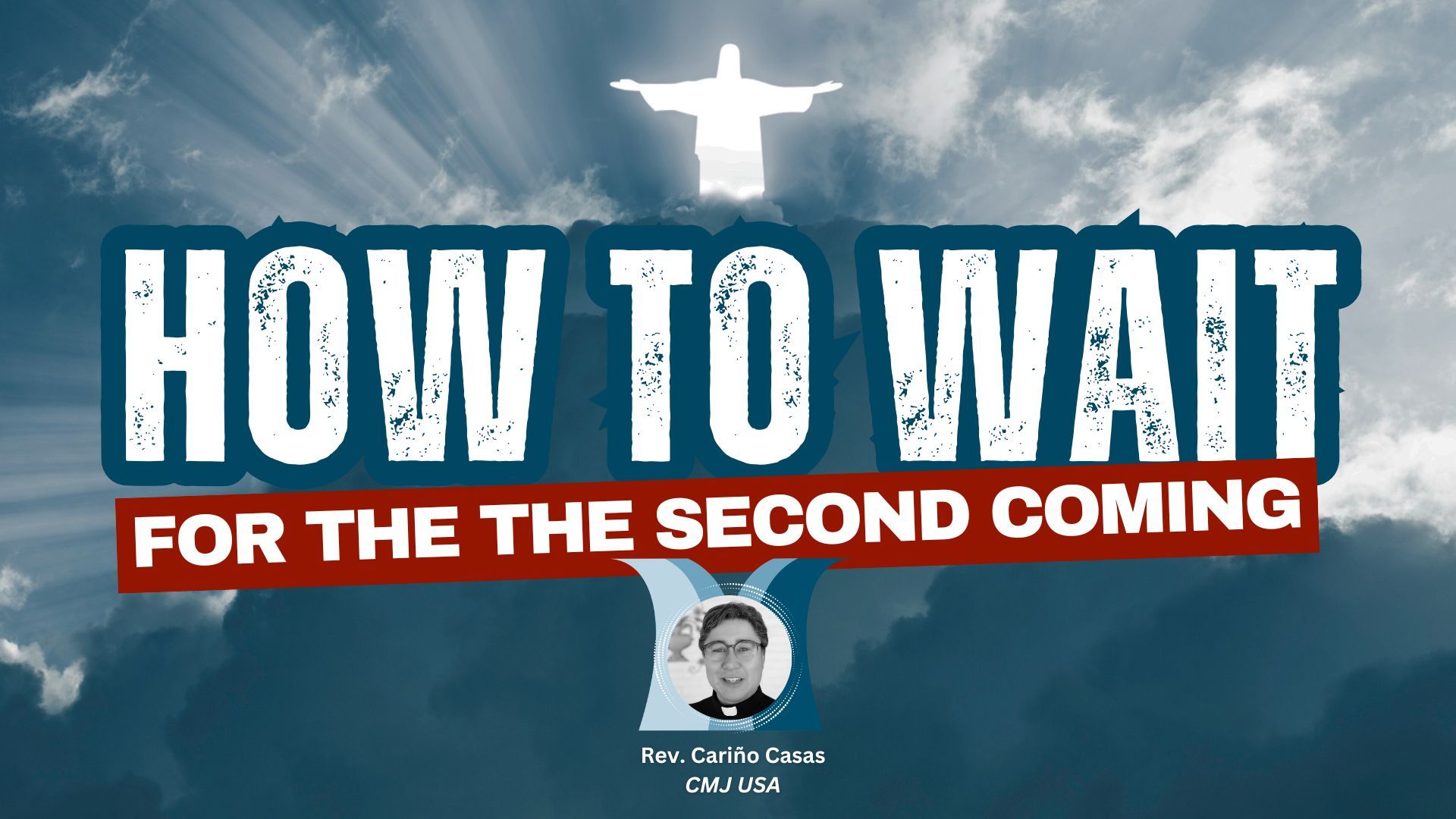The Greek literally reads, “He wanted to pass by them.” 3
The verb “pass by” should be taken in the sense of “pass before them.” What Mark described was a revelation by Jesus of his deity. In Exodus 33:19–34:7, Moses asks God to show him his glory, and God responds by hiding Moses in a cleft of the rock as he caused his glory to “pass by.” Four times in this passage the same verb is used (Heb.,
עבר
,
avar
), and it is only used here of the
L
ord
who passes by. In these passages, the Lord passes by to reveal himself as a gracious and compassionate Savior. 4
Whereas God revealed Himself to Moses as he passed by, on this occasion, Jesus revealed himself to his disciples as the Prophet like Moses, as the L
ord
God Himself. God told Moses, “I AM WHO I AM” (
Exod
3:14), and Jesus literally said to the disciples, “Take courage, I AM.” 5
He is greater than Moses. He is the God who revealed himself to Moses.
But the disciples did not understand. John
Sailhamer
comments, “Once again, Jesus’ miracle seems to go beyond that of the events of Israel in the desert. As is the case of the desert narratives in the Pentateuch, Mark’s conclusion here highlights the unbelief and hardness of heart of the disciples: ‘They had not understood about the loaves; their hearts were hardened’ (6:52).” 6
The passive here suggests that the Lord may have prevented them from understanding at that time, even as the eyes of the disciples on the road to Emmaus in Luke 24:16 “were kept from recognizing him”. In this, they were very much like their forebears who accompanied Moses in the Exodus from Egypt.





